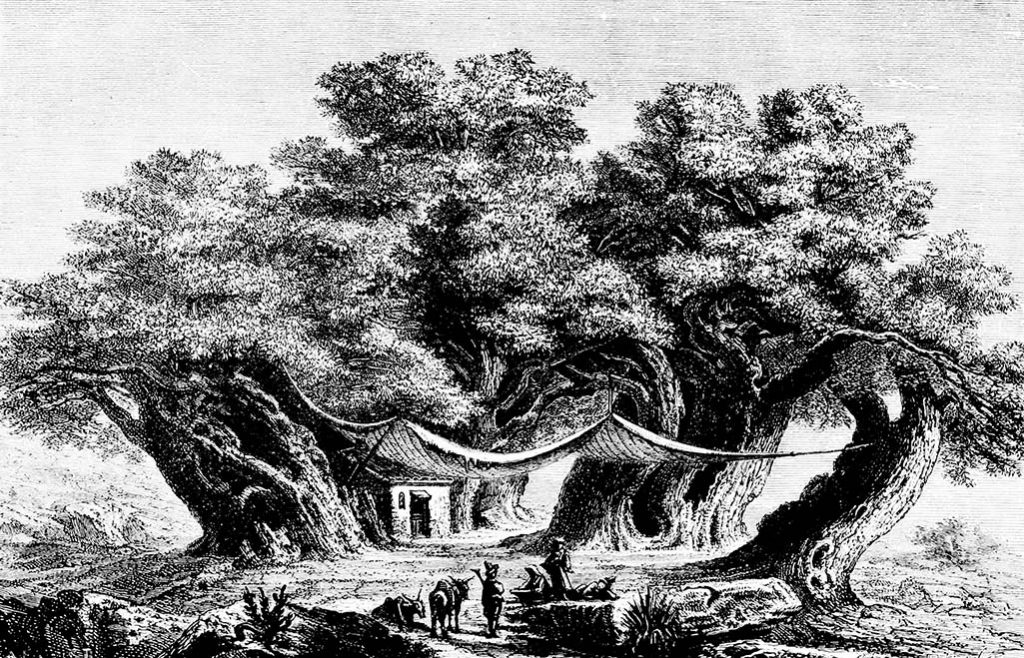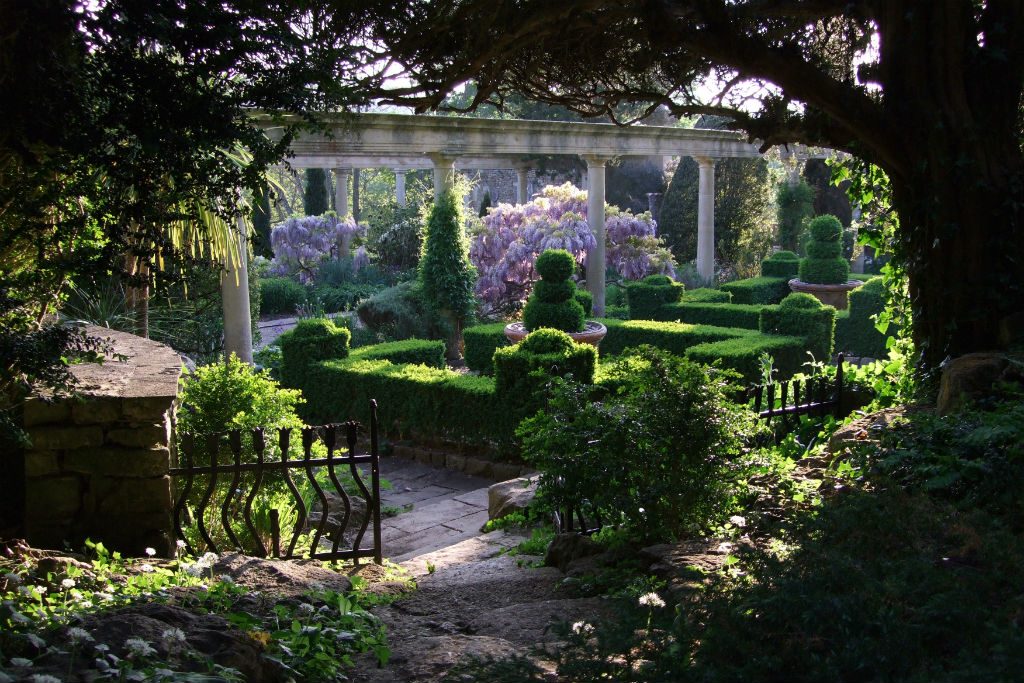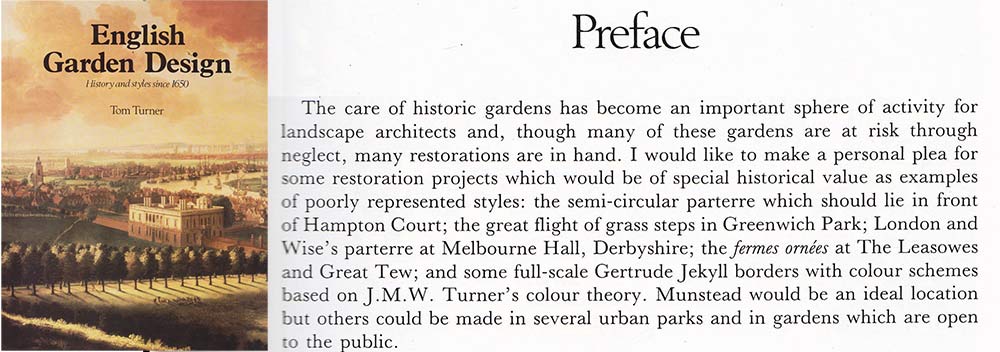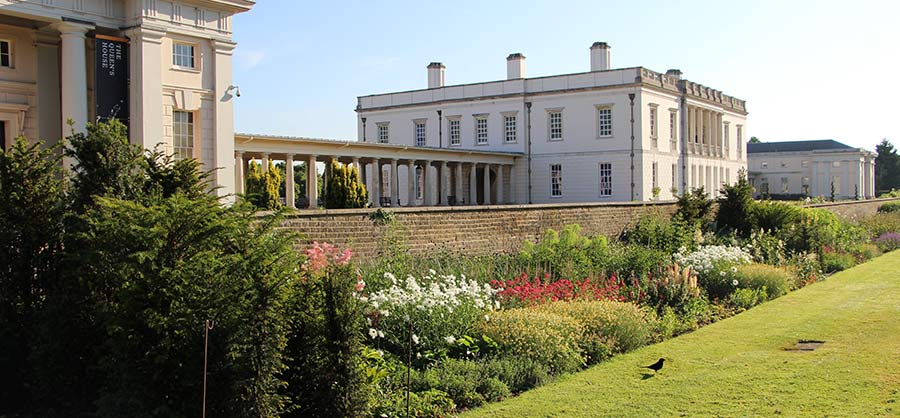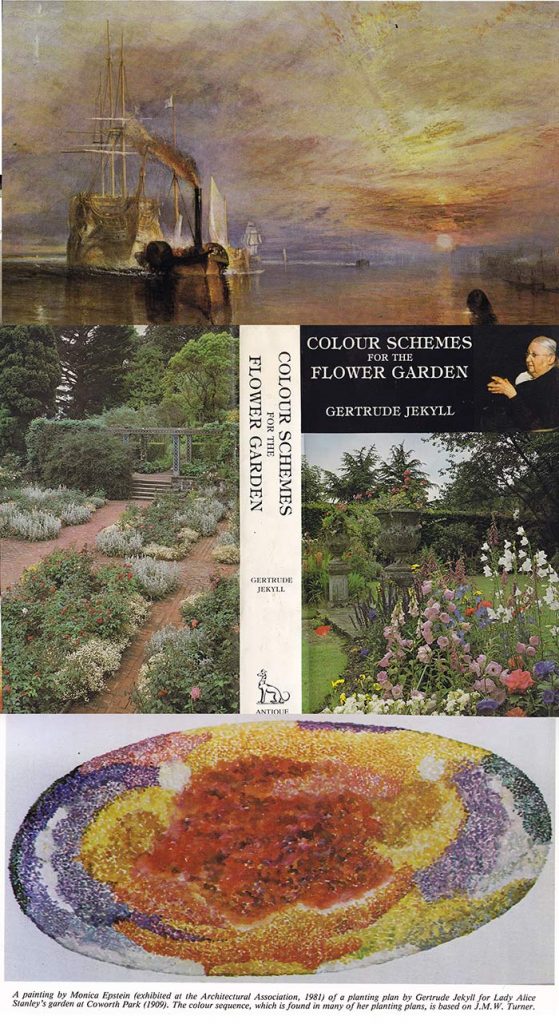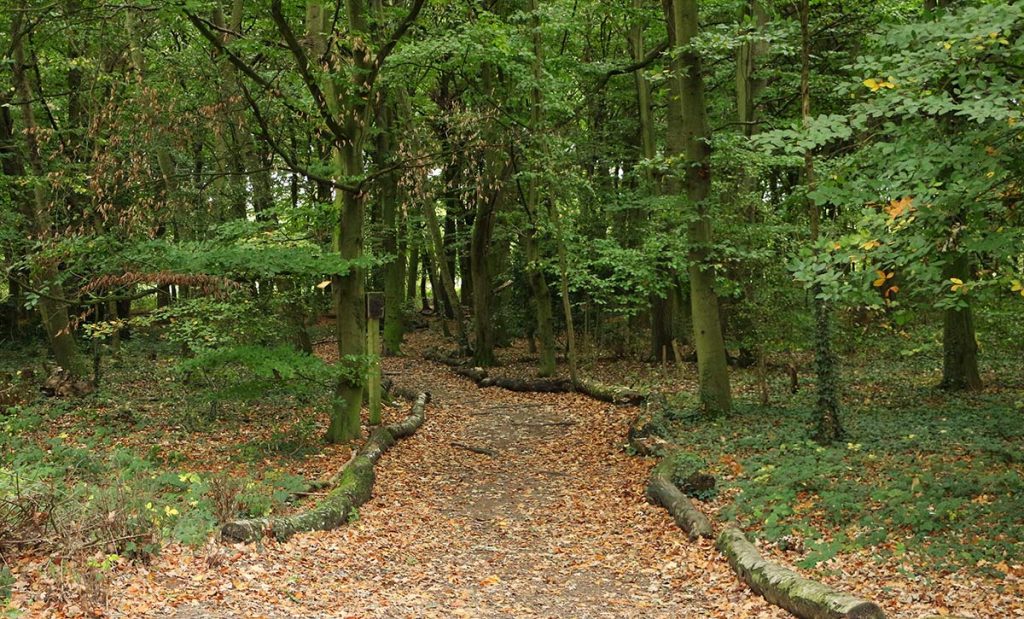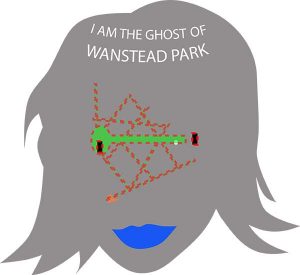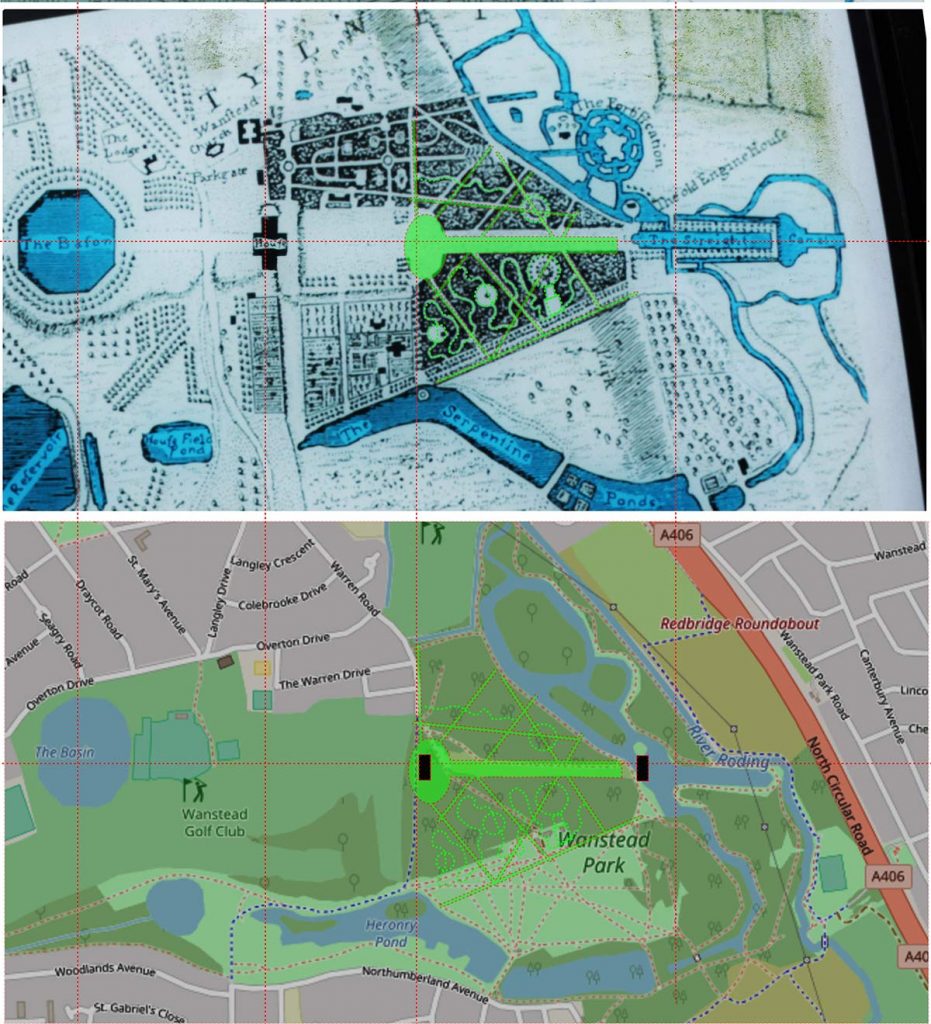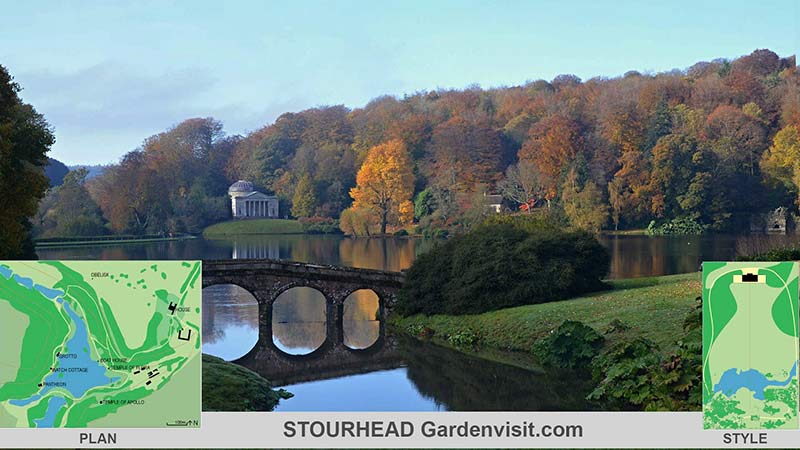The Baroque style avenues of sweet chestnuts (Castanea sativa) in Greenwich Park are believed to have been planted 1660-1. So they may have been 356 years old when these video clips were taken on 28th October 2017. Greenwich was imparked in the fifteenth century is the oldest of London’s Royal Parks. Maybe ten years ago they were looking unloved. Today they are very well cared for. Instead of mowing the grass under the trees, the turf is being removed and bark chippings are being spread, as shown below.
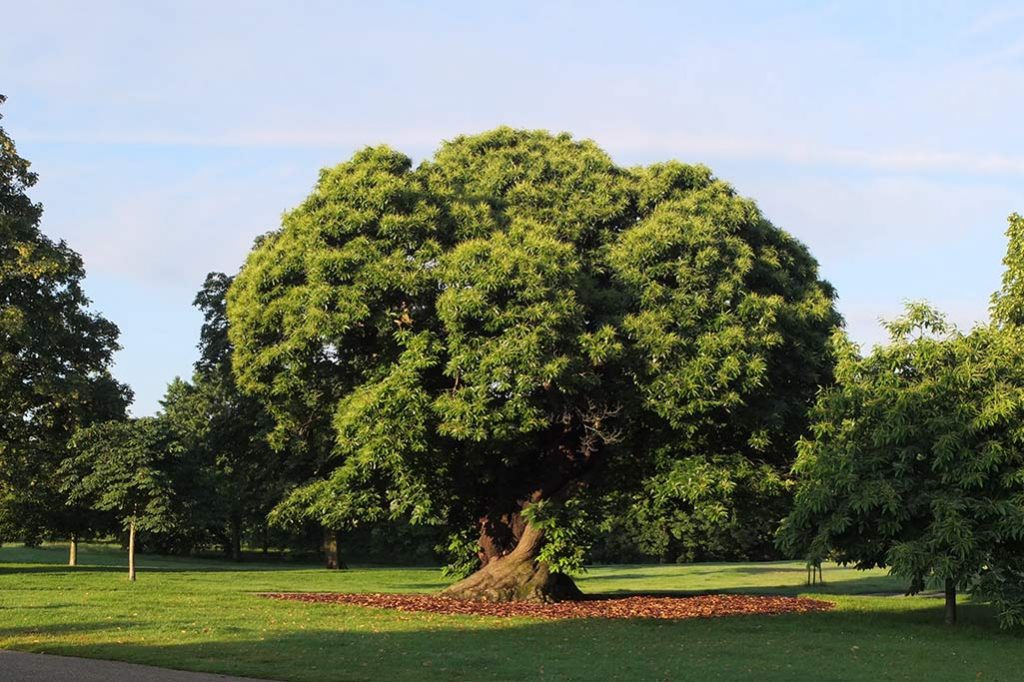
The roots of this ancient tree are now cared for with a ring of bark chippings which hold fallen leaves and chestnut shells
With good care the Greenwich chestnuts might live as long as the oldest chestnut tree in Britain (571 years and at Stourhead) but the aim should for them to live as long as the Hundred-Horse Chestnut (Castagno dei Cento Cavalli) in Sicily: estimated to be 3000 years old.

